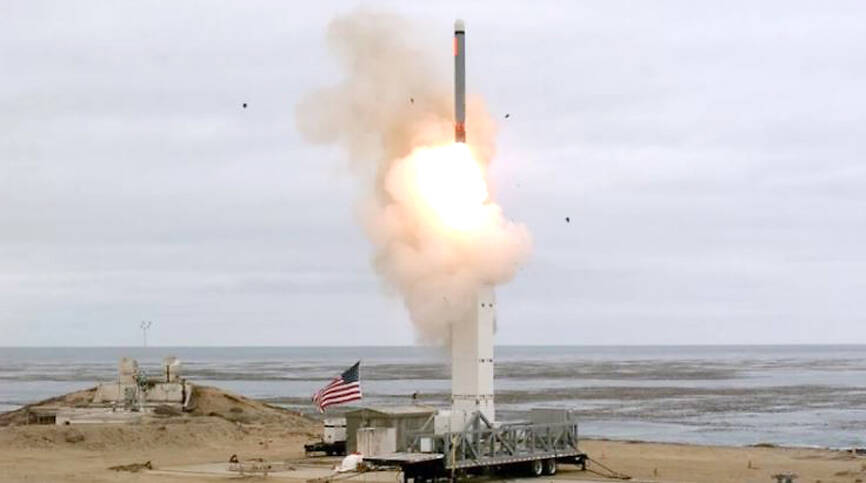
In a strategic move reflecting a significant shift in US policy, the military has announced plans to deploy intermediate-range missiles in the Asia-Pacific region as a deterrent against potential Chinese aggression, particularly in the Taiwan Strait. This deployment, slated for 2024, will see the inclusion of Tomahawk and SM-6 missiles, each with the capacity to strike targets at distances of up to 1,500 and 200 kilometers, respectively.
Redefining U.S. defense strategy
The decision to deploy these intermediate-range missiles underscores mounting concerns within US policymaking circles regarding China’s increasingly assertive regional stance. China’s rapid military advancements, coupled with its bolstering nuclear capabilities, have raised apprehensions about its potential intentions, notably concerning Taiwan, which China considers a renegade province.
Strategic considerations behind the deployment
General Flynn, discussing the rationale behind the planned deployment, outlined critical factors that might influence Chinese leader Xi Jinping’s decision-making process regarding a potential Taiwan invasion. These factors encompass:
- Economic sanctions: The specter of substantial economic sanctions imposed by the US and its allies could dissuade China from resorting to military actions.
- Information campaigns: A concerted effort to counter China’s propagandistic narrative might erode public support for any aggressive moves by the Chinese leadership.
- Military readiness: The reinforcement of military presence in the region, including the deployment of these intermediate-range missiles, is aimed at deterring any aggressive steps by China.
Global implications of U.S. strategic shift
Significance of U.S. strategy shift
This planned deployment marks a significant stride in the US’s defensive approach to the Asia-Pacific region. It not only signifies a proactive stance against potential Chinese aggression towards Taiwan but also accentuates the escalating tensions between the two global powers. The dynamics at play in this strategic theater warrant keen observation as they hold the potential to substantially influence regional stability and global geopolitical alignments.
China has vehemently opposed the US’s intended deployment of intermediate-range missiles in the Asia-Pacific region, expressing concerns about regional destabilization and the possibility of an arms race. The US has maintained a policy of “strategic ambiguity” concerning its defense of Taiwan, refraining from explicitly committing to defending the island in the event of a Chinese attack. However, the US has consistently provided significant military support to Taiwan and reiterated its commitment to Taiwan’s security.
The deployment of intermediate-range missiles raises concerns about potential violations of the Intermediate-Range Nuclear Forces (INF) Treaty, originally signed by the US and the Soviet Union in 1987. The US withdrew from this treaty in 2019, citing Russia’s breaches of its terms as the reason behind the exit.
As the geopolitical chessboard in the Asia-Pacific region continues to evolve, the planned deployment of intermediate-range missiles by the United States reflects a strategic reorientation in response to perceived threats from China, setting the stage for a potentially transformative phase in regional dynamics.
